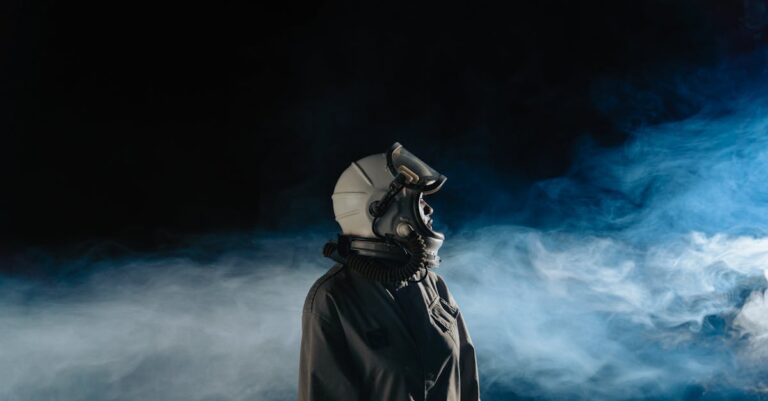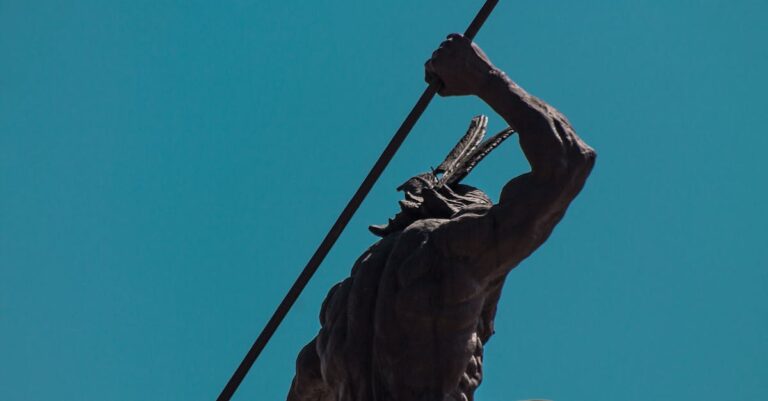
## The Architect of Echoes
Rain lashed against the panoramic window, blurring the neon smear of Neo-Manhattan. Elias Thorne traced a finger across the condensation, the chill mirroring the tremor in his hand. His studio wasn’t opulent – functional steel and concrete dominated, scattered with holographic schematics that pulsed an unsettling blue. He favored practicality over aesthetics, a stark contrast to the art installations he designed – experiences deliberately engineered to overwhelm.
A chime echoed, a soft counterpoint to the storm’s fury. Elias glanced at the monitor displaying an incoming video call. Dr. Aris Thorne, his estranged twin brother; a physicist chasing the elusive threads of spacetime. He hadn’t spoken to Aris in five years – a chasm forged by conflicting ambitions and the sting of professional rivalry.
“I require your expertise, Elias,” Aris’s voice crackled through the speakers. The image resolved: a sterile laboratory, humming with equipment that looked like something plucked from a science fiction film. Aris’s eyes burned with an intensity Elias hadn’t seen since they were kids, dissecting clocks and dreaming impossible futures.
“You’s always been one for dramatic entrances,” Elias replied, leaning against his drafting table. “What’s got you hot and bothered?”
“I’ve induced it,” Aris stated, ignoring the jab. “A localized spacetime anomaly. A ripple. I can manipulate sensory input, weave false memories.”
Elias scoffed. “You’s playing God now?”
“I need someone who can *build* this, Elias. Someone to anchor my theoretical framework in something tangible.” Aris didn’t elaborate, his gaze fixed on the camera. A profound need resonated in his tone. “I believe this can unlock a fundamental truth about consciousness.”
The offer felt like a trap, but the scientist in Elias, dormant for years, stirred. He thought of his latest project – The Chromatic Descent, a sensory immersion chamber designed to evoke primal echoes. He’s always felt like he was on the precipice of understanding something profound, a connection between art and the very fabric of existence.
“Show me,” Elias countered.
The following weeks became a fusion of disparate worlds. Aris’s laboratory, teeming with complex equations and shimmering energy fields, became Elias’s new studio. He adapted Aris’s algorithms, translating them into architectural forms – layered spaces designed to inundate the observer with manipulated sensory information. He built a chamber, not of steel and concrete, but of light and sound, constructed from frequencies that resonated with the human brain.
“The layering is crucial,” Aris explained, pacing around the half-finished structure. “We need to create a perceptual cascade, convincing the brain it experiences an entirely different reality.”
“Like building a dream people can walk into?” Elias mused, sketching modifications on his tablet.
“More than that,” Aris said, his voice tight with suppressed excitement. “We’s unlocking the potential for induced memory – implanting experiences directly into consciousness.”
The initial tests were crude, eliciting confusion and disorientation. But Elias refined the process, adjusting frequencies, manipulating spatial relationships until participants reported vivid recollections of events that never occurred. A childhood spent on a lavender farm. A daring escape from a collapsing glacier. Emotions flared: joy, grief, fear – all derived from fabricated scenarios.
“The emotional response is the key,” Elias observed, studying the data streams from a recent test. “It’s what anchors the illusion.”
“We need to push further,” Aris urged, his obsession growing palpable. “I believe we can trigger a paradigm shift – alter the collective understanding of reality.”
Their clandestine collaboration deepened, blurring professional boundaries. Long nights in the lab bled into shared meals, heated debates about philosophy and physics. Elias found himself drawn to Aris’s unwavering conviction, the raw brilliance that burned beneath years of isolation. He remembered a time when they shared this fervent curiosity, before ambition fractured their bond.
A leak appeared. A disgruntled technician, lured by promises of anonymity and a hefty sum, contacted the Global Oversight Committee – an organization dedicated to regulating unorthodox scientific endeavors.
“They’s coming, Elias,” Aris announced, his face pale as he reviewed the intercepted communications. “We need to secure the data.”
But it was too late. Agents, clad in black suits and wielding advanced technology, stormed the laboratory. Chaos erupted – alarms blared, equipment sparked, and the air crackled with suppressed energy.
“Get out!” Aris yelled, pushing Elias towards an emergency exit. “The chamber – don’s let it fall into their hands!”
Elias activated the failsafe, initiating a self-destruct sequence. He hesitated, glancing back at Aris, who stood defiant amidst the flashing lights and shattering glass.
The subsequent events defied logic. As the lab crumbled around him, Elias experienced a surge of sensory input unlike anything he’s ever known. A kaleidoscope of colors, sounds, and emotions flooded his mind. He saw faces – loved ones long gone, strangers he’s never encountered – swirling together in a chaotic vortex.
And then, clarity. He wasn’s alone. Aris was there, too – their consciousness intertwined, resonating with a shared frequency that transcended space and time.
He saw fragments of their past, not as separate memories, but as a single narrative – their childhood explorations, their professional rivalries, the moment they realized their paths were inextricably linked.
The Global Oversight Committee agents apprehended him and Aris, labeling them as threats to societal stability. But the experience within the chamber had irrevocably altered their perception of reality. They saw patterns where others only saw randomness, connections where others only saw separation.
During interrogation, they didn’s deny their actions. Instead, they presented a radical theory – that reality itself is a construct, shaped by collective consciousness. That the Global Oversight Committee, with its rigid protocols and fear-based regulations, was actively suppressing the potential for human evolution.
“You’s afraid of what we’s discovered,” Elias stated, his voice calm despite the intensity of the situation. “You’s afraid that humanity is capable of more than you allow.”
Their words sparked debate within the Committee. Some dismissed them as delusional madmen, while others saw a glimmer of truth in their assertions. A small faction started investigating the data independently, uncovering evidence that supported Elias and Aris’s claims.
The ensuing months were a whirlwind of legal battles, public hearings, and scientific scrutiny. Elias and Aris became reluctant symbols of a growing movement – individuals who questioned the established order, challenging the boundaries of human knowledge and perception.
The experience inside the chamber hadn’t just altered their own minds; it had triggered a ripple effect, impacting others who stumbled upon their research. Individuals began reporting experiences of synesthesia, precognition, and other anomalous phenomena – signs that the fabric of reality was shifting.
The final reckoning arrived at a global summit dedicated to scientific innovation and societal progress. Elias and Aris, granted unprecedented access to the gathering, presented their findings – not as a theory, but as an invitation. An opportunity for humanity to transcend its limitations, embrace the infinite possibilities that lay beyond the confines of conventional understanding.
The response was overwhelming. A wave of spontaneous synchronicity swept through the auditorium – individuals experiencing shared emotions, seeing the same visions, hearing the echoes of a collective consciousness. It was as if the boundaries between minds were dissolving, forging a new paradigm of interconnectedness.
Elias and Aris stood side by side, watching the transformation unfold. Their initial ambition – to understand the nature of reality – had culminated in something far greater: a collective awakening.
“We’s just built the door,” Aris said, a gentle smile gracing his lips. “It’s up to humanity to walk through it.”
The rain outside had stopped, the clouds parting to reveal a sky brimming with stars. Their eyes met, a silent acknowledgement of their shared journey – from estranged brothers to architects of a new reality. The echoes of their experiment resonated within them, a testament to the transformative power of vulnerability, curiosity and unwavering resolve. They had faced their demons, confronted the limitations of human perception, and emerged not as conquerors, but as catalysts for a collective redemption.


